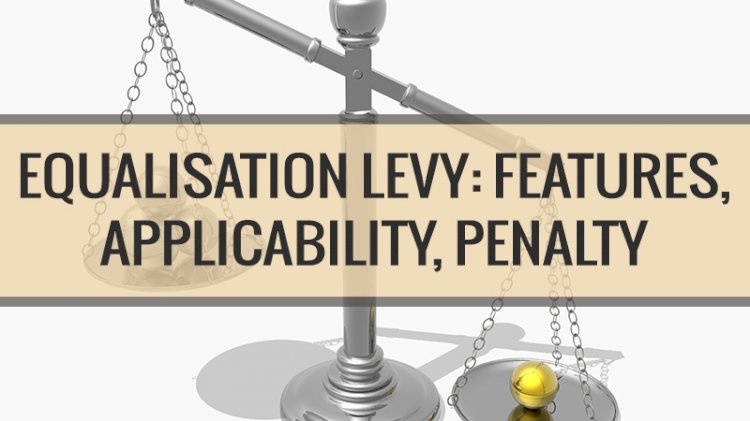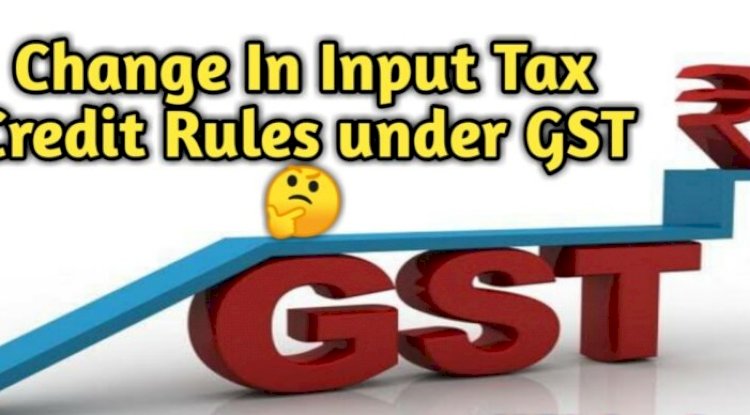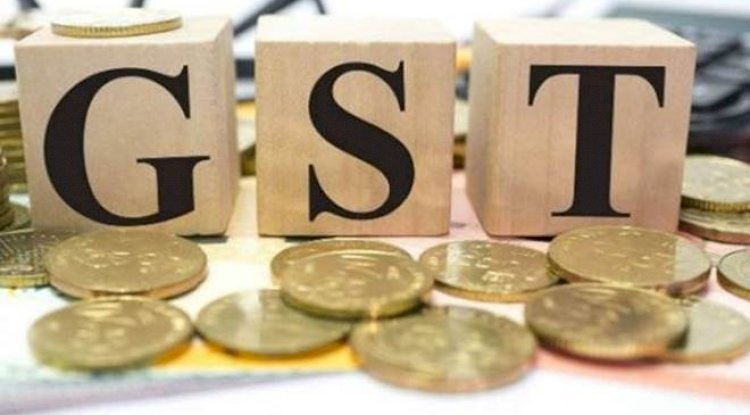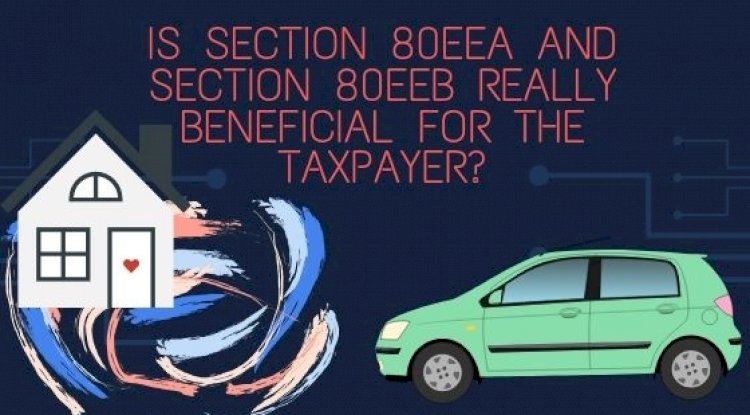EQUALISATION LEVY DIGITAL TAX
v

Equalisation Levy (Digital Tax)
Equalization levy was first introduced in India and took influence from 01.06.2017. The financial act includes a new “Equalisation Levy” of 6% on services received by an Indian resident or a non-resident who has a permanent business establishment inside our nation from a non-resident person without any permanent establishment in India.
Equalisation Levy helped the government of India deduct tax from global advertising companies in an indirect way.
The due date of depositing the Equalisation levy is by the 7th of the following month from the calendar year. The taxpayers need to credit the tax amount to the central government within the due date otherwise, a late fee will be applicable.
Equalisation Levy: Applicability
The direct tax will be withheld during the payment of service dealers. However, there are two conditions that every taxpayer needs to keep in mind to apply the Levy. Here are the two main points-
- Resident in India or Non-resident having a permanent establishment in India need to send the payment to another non-resident dealer
- The aggregate amount of service provided by a non-resident to a resident or Non-resident having a permanent establishment in India should meet at least Rs. 1,00,000 in one financial year.
Equalisation Levy: Service Covered
There are only two services that currently come under Equalisation Levy control. These are the following-
- Online ads and sales promotions
- Digital advertising services
As the government decides to add new services, they will include them with the previous ones.
Tax Rate and manner of Payment
As per now, the Service receiver, i.e., Resident of India or Non-resident having a permanent establishment in India, shall deduct the levy @6% from the payment made to Non-resident.
E.g. That means, if you take specified services from XYZ person (Non-resident) of Rs.2,12,765.9 in a Financial year, then you will have to make payment after deducting equalisation levy (INR 2,00,000) of 6%.
You have to deposit the levy deducted (INR 12,765.90/-) with the central government by the 7th of the following month.
Due Dates of Equalisation Levy
- Taxpayers need to deposit the levy within the 7th of the following month.
- You need to file the annual statement for equalisation levy by 30th June of the following financial year.
E.g. Date of payment: 20th February
Due date to deposit the tax to the department: 7th March
Due date to file Equalisation Levy Statement: 30th June of the following year.
Interest and Penalties in Delayed Payment
If you delay in payment of equilisation levy-
- You will have to give 1% interest for every month or part of the month you have delayed
If any non-compliance occur from the service recipient’s end-
- Penalty fees will have to pay by the payer
- The penalty amount will be the same as the amount of levy failed and that will also include interest and other deposition in case the lavy is not deducted
- If a taxpayer fails to deposit the levy, the penalty is equal to INR 1,000/day along with interest and other deposition
- In case of failure regarding the filing of annual Equalisation Levy Statement, payers have to pay a penalty of INR 100/-day as the default continues.
Conclusion
Filing your income tax return is free and mandatory, however, you should provide all the valid information. As per law, if a taxpayer provides false statements, he/she becomes subject of confinement for as long as 3 years. Alongside the person might have to pay a fine shall also be applicable.
What's Your Reaction?





















